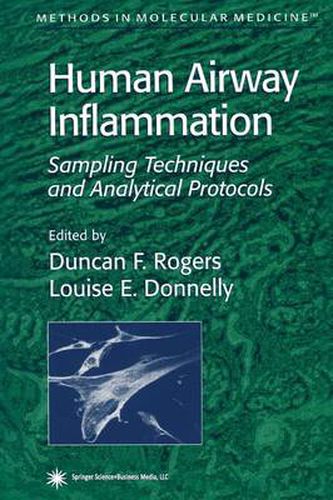Readings Newsletter
Become a Readings Member to make your shopping experience even easier.
Sign in or sign up for free!
You’re not far away from qualifying for FREE standard shipping within Australia
You’ve qualified for FREE standard shipping within Australia
The cart is loading…






This title is printed to order. This book may have been self-published. If so, we cannot guarantee the quality of the content. In the main most books will have gone through the editing process however some may not. We therefore suggest that you be aware of this before ordering this book. If in doubt check either the author or publisher’s details as we are unable to accept any returns unless they are faulty. Please contact us if you have any questions.
Rubor (redness), tumor (swelling), calor (heat), and dolor (pain) are the classical signs of inflammation. These features are obvious in the skin, where injury or disease causes flare, wheal, and painful burning sensations. Vasodi- tation underlies the flare and heat, plasma exudation the swelling, and acti- tion of sensory nerves relays pain. In chronic conditions, skin biopsies show inflammatory cell infiltrate. Inflammation is not unique to the skin and contr- utes to disease and repair processes in other organ systems in the body. From the viewpoint of this volume, lung inflammation is now recognized as central to the pathophysiology of a number of severe respiratory conditions, the two most common being asthma and chronic obstructive pulmonary disease (COPD). In asthma, and to a lesser extent COPD, there is evidence of vasodilatation, with congestion of blood vessels accompanied by reddening of the airway mucosa, and of plasma exudation, leading to swelling of the airway wall. Similarly, although less pronounced than in the skin, there is evidence of pain, for example, the - pleasant chest sensations associated with asthma attacks. Understanding the pat- genesis of airway inflammation will enable rational design of drugs to effectively treat conditions such as asthma and COPD. However, whereas immediate access to the skin facilitates investigation of disease processes, the lung, although open to atmosphere, is much less accessible. Consequently, the investigation of lung inflammation is usually indirect. Thus, a wide variety of research techniques are used.
$9.00 standard shipping within Australia
FREE standard shipping within Australia for orders over $100.00
Express & International shipping calculated at checkout
This title is printed to order. This book may have been self-published. If so, we cannot guarantee the quality of the content. In the main most books will have gone through the editing process however some may not. We therefore suggest that you be aware of this before ordering this book. If in doubt check either the author or publisher’s details as we are unable to accept any returns unless they are faulty. Please contact us if you have any questions.
Rubor (redness), tumor (swelling), calor (heat), and dolor (pain) are the classical signs of inflammation. These features are obvious in the skin, where injury or disease causes flare, wheal, and painful burning sensations. Vasodi- tation underlies the flare and heat, plasma exudation the swelling, and acti- tion of sensory nerves relays pain. In chronic conditions, skin biopsies show inflammatory cell infiltrate. Inflammation is not unique to the skin and contr- utes to disease and repair processes in other organ systems in the body. From the viewpoint of this volume, lung inflammation is now recognized as central to the pathophysiology of a number of severe respiratory conditions, the two most common being asthma and chronic obstructive pulmonary disease (COPD). In asthma, and to a lesser extent COPD, there is evidence of vasodilatation, with congestion of blood vessels accompanied by reddening of the airway mucosa, and of plasma exudation, leading to swelling of the airway wall. Similarly, although less pronounced than in the skin, there is evidence of pain, for example, the - pleasant chest sensations associated with asthma attacks. Understanding the pat- genesis of airway inflammation will enable rational design of drugs to effectively treat conditions such as asthma and COPD. However, whereas immediate access to the skin facilitates investigation of disease processes, the lung, although open to atmosphere, is much less accessible. Consequently, the investigation of lung inflammation is usually indirect. Thus, a wide variety of research techniques are used.